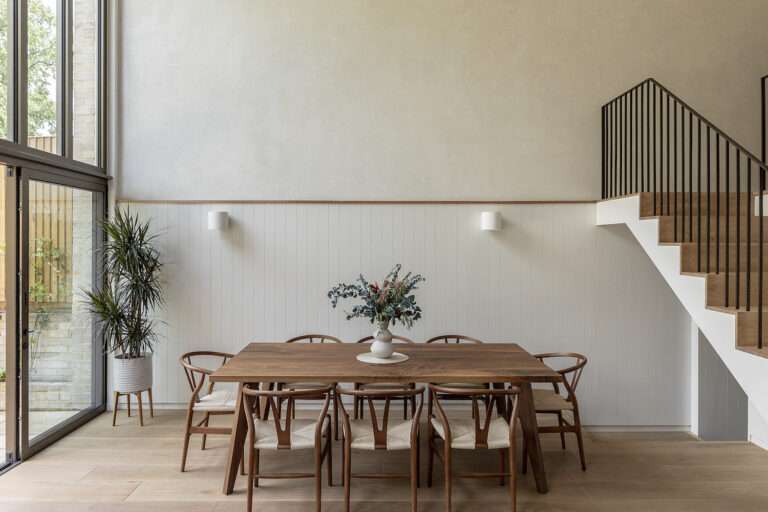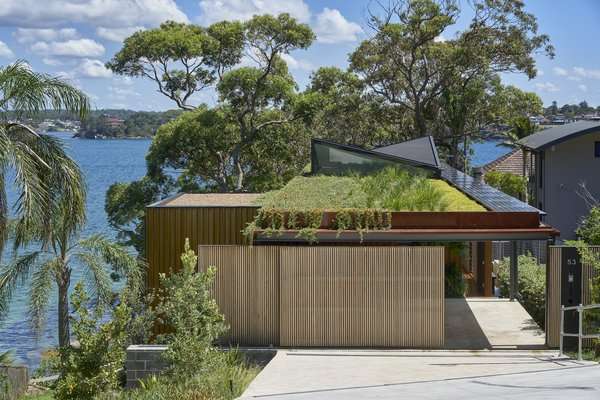In today’s video, I’m going to give you a complete guide on everything you need to know about shipping container homes.
So, what is a shipping container home? Its a home made out of used shipping containers. You know, those big metal boxes that are used to transport goods around the world. They come in different sizes, shapes, and colors, but the most common ones are 20 feet long, 8 feet wide, and 8.5 feet high. That’s about 160 square feet of floor space, which may not sound like much, but with some creativity and design, you can turn it into a cozy and comfortable living space.
There are many benefits to this type of housing, such as:
● Cost savings: Shipping containers can be bought for as little as $1,000 but rarely cost more than $5,000.
● Eco-friendliness: By using shipping containers, you’re recycling and reusing materials that would otherwise end up in landfills or rusting away.
● Mobility: Shipping containers are designed to be moved around, so you can easily transport your home to a new location if you want to.
● Customization: Shipping containers are like blank canvases that you can paint and decorate however you like. You can cut out windows, doors, skylights, or even entire walls to create openings and connections.
Some challenges and drawbacks, such as:
● Building codes: Although shipping container housing is becoming more popular, many towns and counties have certain building code restrictions on these homes. You may need to obtain permits, inspections, and approvals before you can start your project.
● Finding containers:
● Financing your project:
● Hiring a contractor: Unless you have the skills and experience to build a shipping container home yourself, you may need to hire a professional contractor to help you with the project.
● Staying safe: Working with shipping containers can be dangerous, especially if you’re cutting, welding, or lifting them.
If you have any questions or comments, please leave them below. I’d love to hear from you.
#shippingcontainerhomes #shippingcontainerhouse #containerhome #tinyhouse #alternativehousing #sustainablehousing





